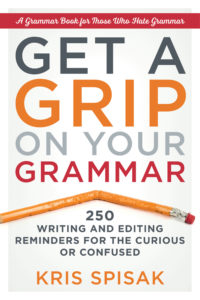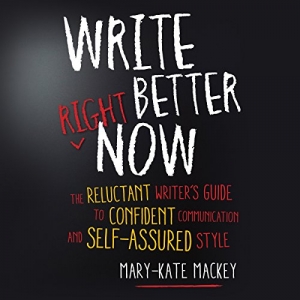Picking an Outfit – for an Interview or a Blog Post

“We all make judgments about the people we come into contact with within the first few minutes of meeting them,” ZipRecruiter observes in IndyStar. “In fact, we tend to assume that people who dress well are more competent, even if they aren’t.”
Interesting, I thought. Two pieces of the how-to-pick-a-job-interview-outfit advice ZipRecruiter offers can be easily adapted to business blog content writing…After all, as content writers, our goal is to make a good impression on visitors to our – or our clients’ – websites..
Observe others
To get a sense of how you might want to present yourself, do some people-watching. For each person that passes, write down the first adjective that comes to mind – professional, confident, stylish. Decide which words you’d like to be associated with and mirror that look.
Business blogging is one way we have of “talking about ourselves”, and we need to make sure we use words in ways that give readers the right impression. One way to “see” ourselves from the point of view of visitors is to visit others’ websites, including those of competitors. Is the “vibe” welcoming and empathetic? Brash? Don’t copy, simply get a sense of how different websites appeal to visitors, and emulate the tone that seems to best reflect the impression you’d like to make on visitors to your site.
Of course, as Neil Patel points out, you can also use “competitive intelligence” to gain insight into which keywords are helping your competitors’ rankings online.
Strike a pose
In the right outfit, you’re more likely to “strike a power pose” and put your best foot forward. Look for fashion at affordable prices or reach out to a friend or family member who can lend you an outfit.
In blog marketing, as I teach at Say It For You, the visual elements are as important as the content itself. The main message of a blog is delivered in words, of course. Where visuals come in, whether they’re in the form of “clip art”, photos, graphs, charts, or even videos, is to add interest and evoke emotion. You should take pride in your blog’s appearance, ease of navigation, and correct grammar.
Whether for a job interview or a blog post – it’s important to pick an outfit!





Follow us online!